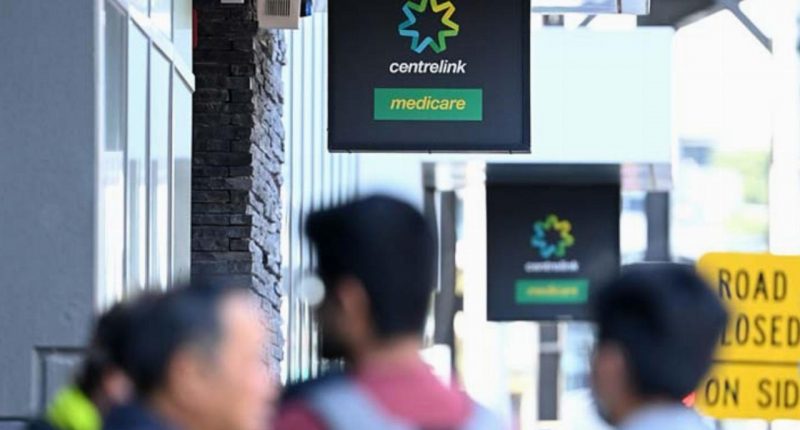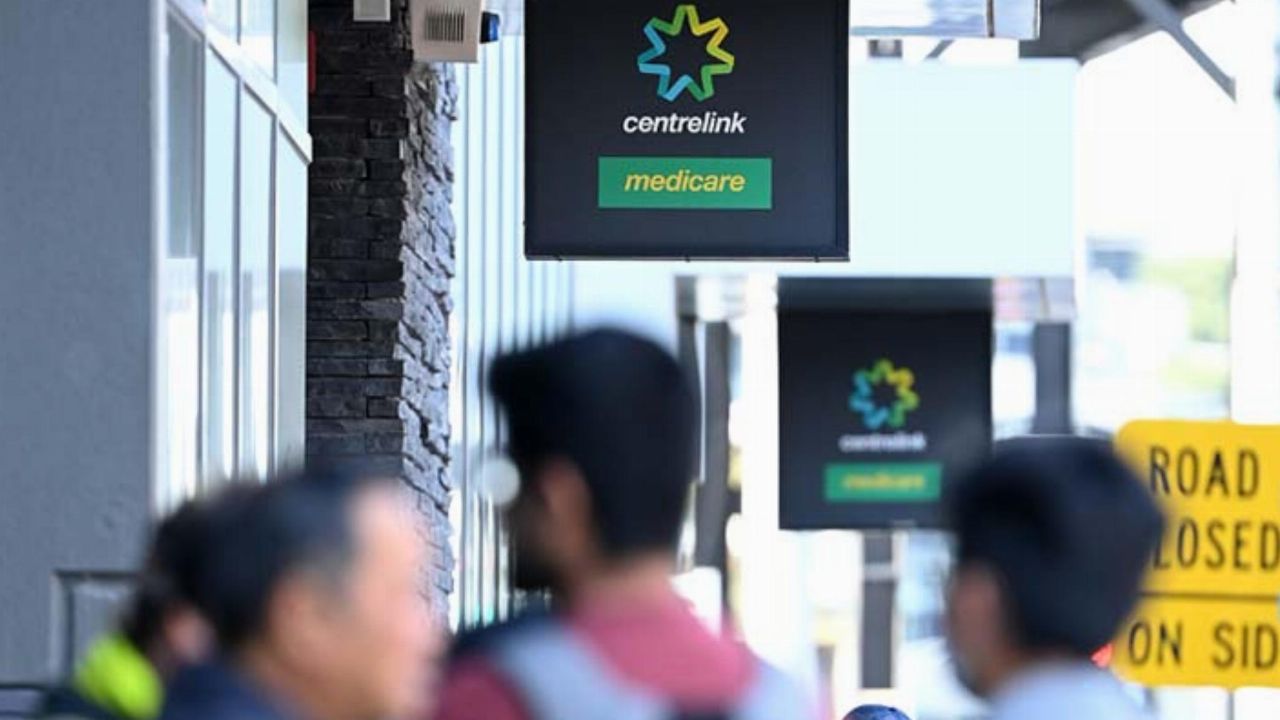- As COVID-19 restrictions begin to ease, a number of employers are reporting difficulty in getting workers on JobKeeper payments to actually return to the workplace
- Casual hospitality and retail workers were identified as those most likely to have concerns about returning to the workplace
- Barrister Ian Neil says the struggle is becoming even more real as lockdown laws are lifted
- Currently, the Australian unemployment rate sits at 7.1 per cent
- Meanwhile, JobKeeper payments of $1500 per fortnight are expected to wrap up in September
As COVID-19 restrictions begin to ease, a number of employers are reporting difficulty in getting workers on JobKeeper payments to actually return to the workplace.
Hospitality and retail employers are the two most common sectors flagging issues with workers refusing to return. The sectors were also those hardest hit by the COVID-19 pandemic.
Under the JobKeeper program, the Australian Government implemented $1500 fortnightly payments per worker, available for businesses who suffered at least a 30 per cent drop in revenue due to COVID-19.
The payments are likely to remain in place until September, despite most state and territories in Australia having already eased coronavirus restrictions.
And as those lockdown laws begin to lift, it seems that many employees are less than keen to return to their place of work.
“It is happening a great deal, and it’s happening particularly now as restrictions are beginning to lift and employers are coming alive again,” Barrister Ian Neil told 6PR earlier this month.
“They want their employees to come back to work, and this is a problem that many of them are encountering,” Ian continued.
The shift comes as the ABS released its latest jobless figures today, showing a further 227,700 people lost their jobs between April and May.
Combined with the more than 600,000 people who lost work in April, the total number of people unemployed since March now sits at 835,000.
Meanwhile, the jobless rate has jumped to 7.1 per cent, up from 5.2 per cent in March and a revised 6.4 per cent in April.








